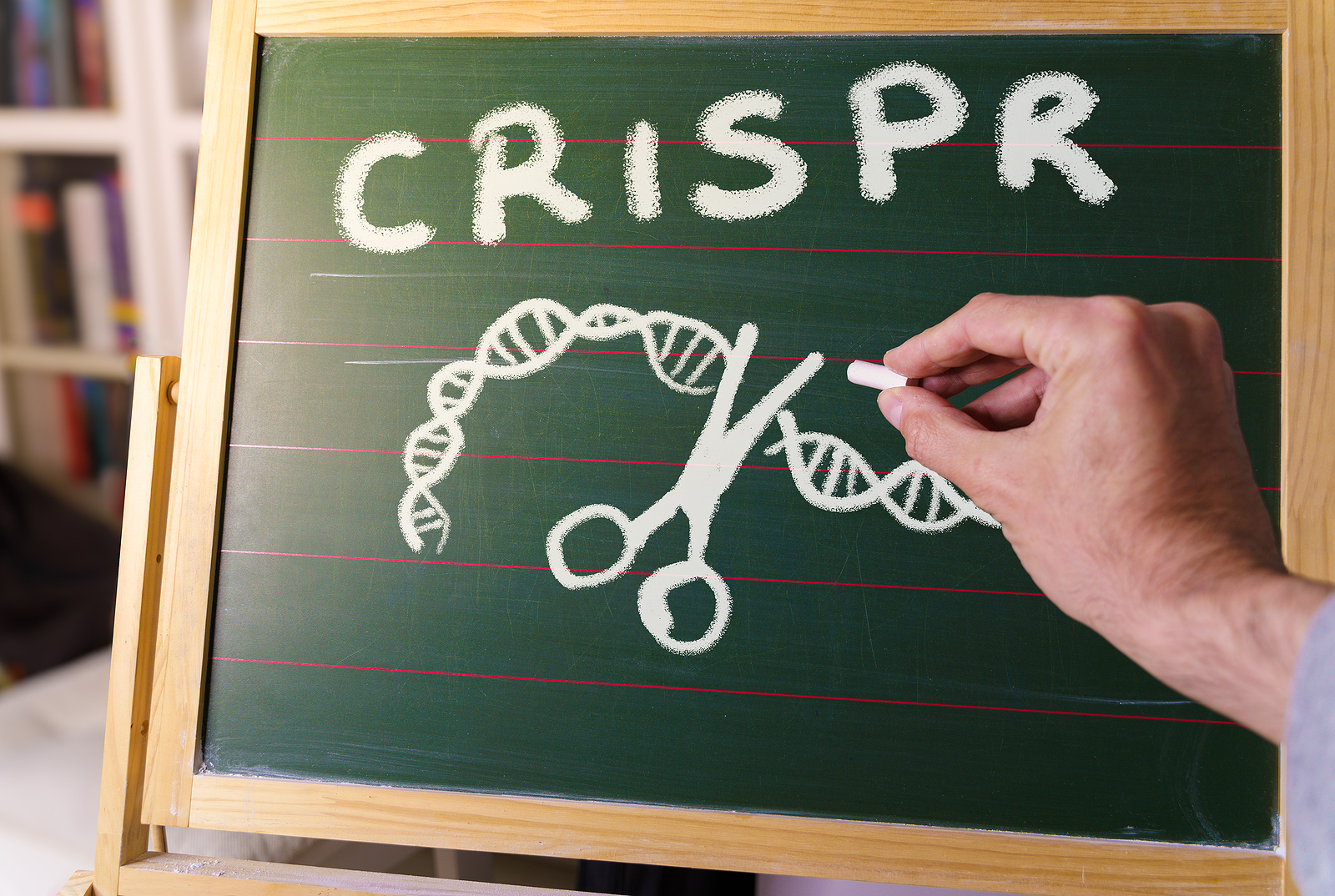
More than 200 people have been treated with experimental CRISPR therapies
Scientists believe that CRISPR gene editing technologies will transform medicine. But how many people have been treated so far?
According to a report in MIT Technology Review from the Third International Summit on Human Genome Editing in London earlier this month, there have been about 200 of them, not all successful.
The star of the summit was a 37-year-old British woman, Victoria Gray, who suffered from sickle-cell disease. Her symptoms were so severe that she was racked with pain for months on end. A transfusion of edited cells changed her life. A British teenager with severe leukaemia appears to be cured after a similar procedure.
However, there are problems, especially of equal access to therapies which are likely to cost hundreds of thousands, if not millions of dollars. MIT Technology Review notes:
“For now, CRISPR therapies are still considered experimental, and none have been approved, so the only way for people to access them is through clinical trials. The majority of these are being run in the rich world. Natacha Salomé Lima, a psychologist and bioethicist at the University of Buenos Aires in Argentina, pointed out that while 70% of global cancer cases are in low- and middle-income countries, two-thirds of gene-therapy cancer trials are taking place in wealthy countries.”
Not all of the treatments have been successful. A 27-year-old man being treated with CRISPR-edited cells for Duchenne muscular dystrophy died last year.
There are other problems. Rogue scientists could set up clinics and treat patients with bogus remedies. Some scientists are also worried about “designer babies”.
“In theory, you could change the DNA of an embryo to prevent a baby from developing a heritable disease. But research into early embryos (scientists are generally allowed to study them for only 14 days before having to destroy them) suggests that they are even more likely to be affected by unintended, potentially harmful effects of gene editing. And these changes would be passed on to the next generation, too.”
